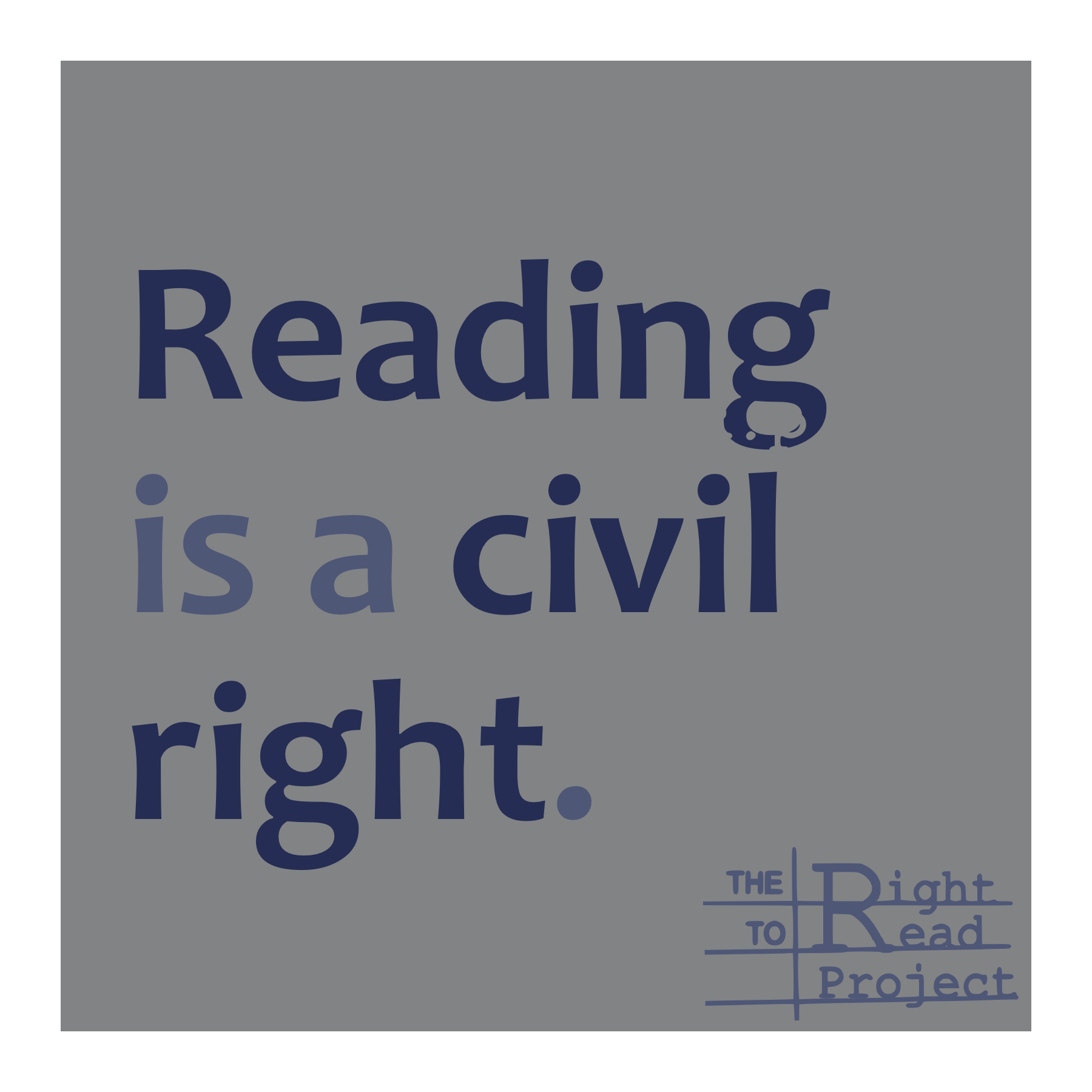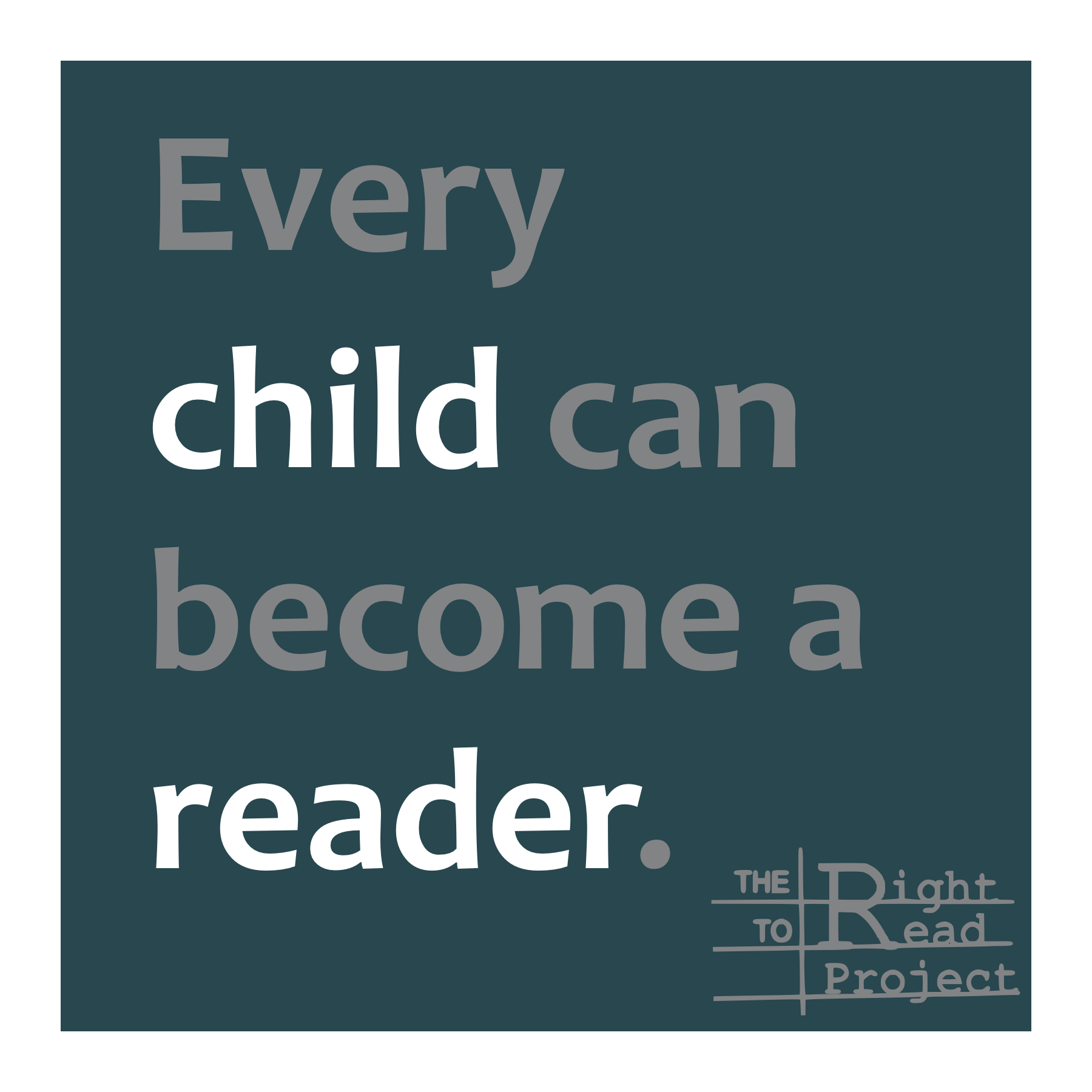Sentence Combining
Sentence combining works best with books that have paired sentences, usually two parallel sentences found on each spread or page.
In the Level A book Friends, the paired sentences are across each spread:
Orson has a big [story word]. Taco has a little [story word].
In the Level B book, Mom and Kayla, the paired sentences are on a single page:
Mom has a [story word]. Kayla has a [story word], too.
Determine the grammatical construction you’d like to teach to build upon your students’ oral or written abilities.
Some examples:
Adding a conjunction to link the sentences
Simple: Orson has a big [story word] and Taco has a little [story word].
Complex: Both dogs have [plural story word], but Orson’s is big and Taco’s is little.
Replacing a repeated noun with a prop word
Orson has a big [story word] and Taco has a little one.
Adding pronouns to generalize
Simple: Both of them have [plural story word].
Complex: Both of them have [plural story word], but they are different sizes.
Write the sentence frame on a sentence strip or chart paper, but do not display it in the first steps of the lesson.
To begin the lesson:
Show a page or spread from the predictable book. Point to and read a sentence pair aloud. Orson has a big collar. Taco has a little collar.
Have students discuss what is the same and what is different about the two sentences. You might write down what students share.
For example:
“Both sentences talk about dogs and their collars.”
“Both sentences say, ‘__ has a __.’”
“One sentence is about the big dog and the other is about the little one.”
Model by thinking aloud about how to combine the two sentences.
Write your combined sentence on the board and have students chorally recite the sentence with you, as you point to the words.
Discuss whether and how the combined sentence retains the meaning of the original sentences.
Display the sentence frame and have students read it chorally with you.
Show a new spread in the predictable book and invite a student to complete the sentence frame with the new story word(s).
Repeat this procedure until all students have had sufficient practice and can say or write a sentence with the grammatical construction you’ve taught.








